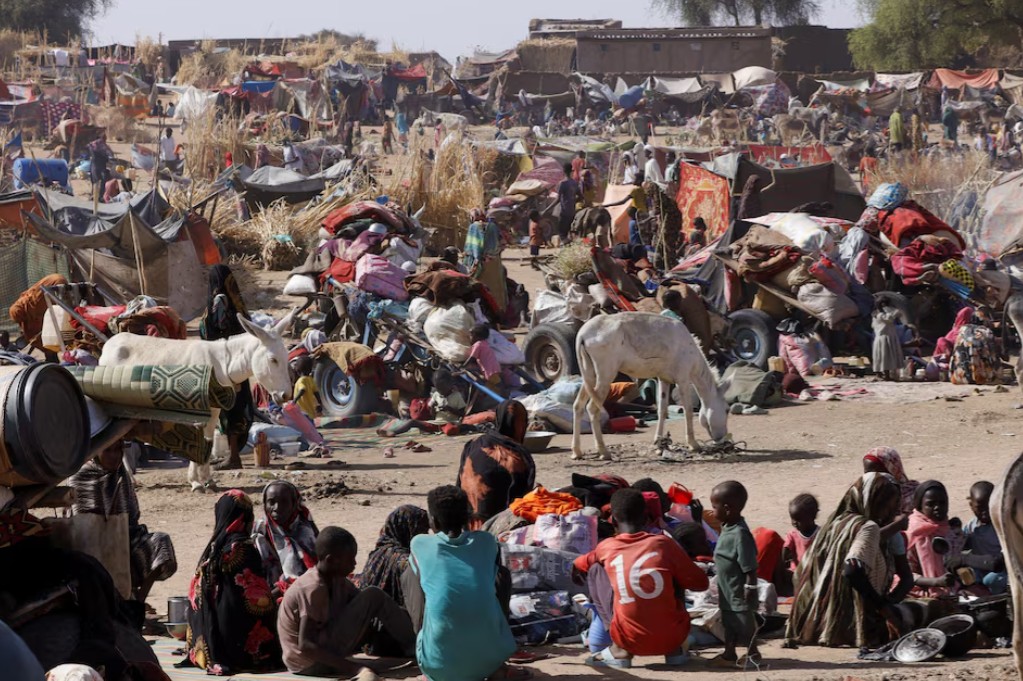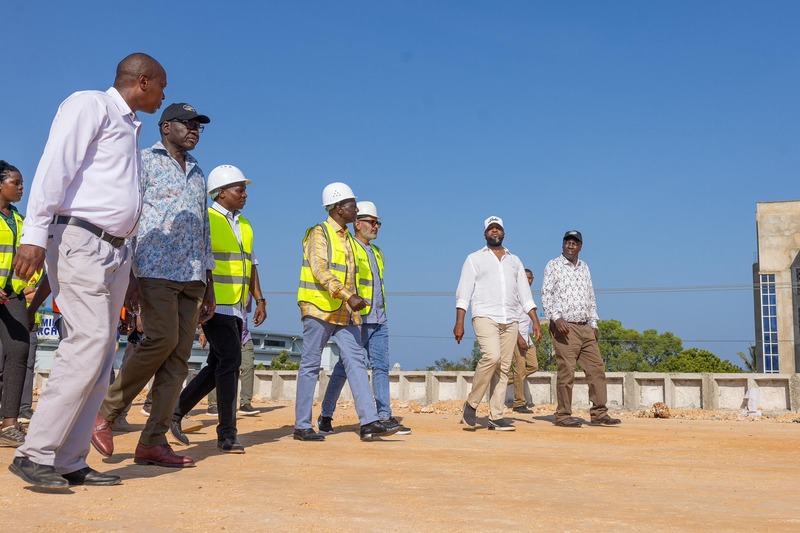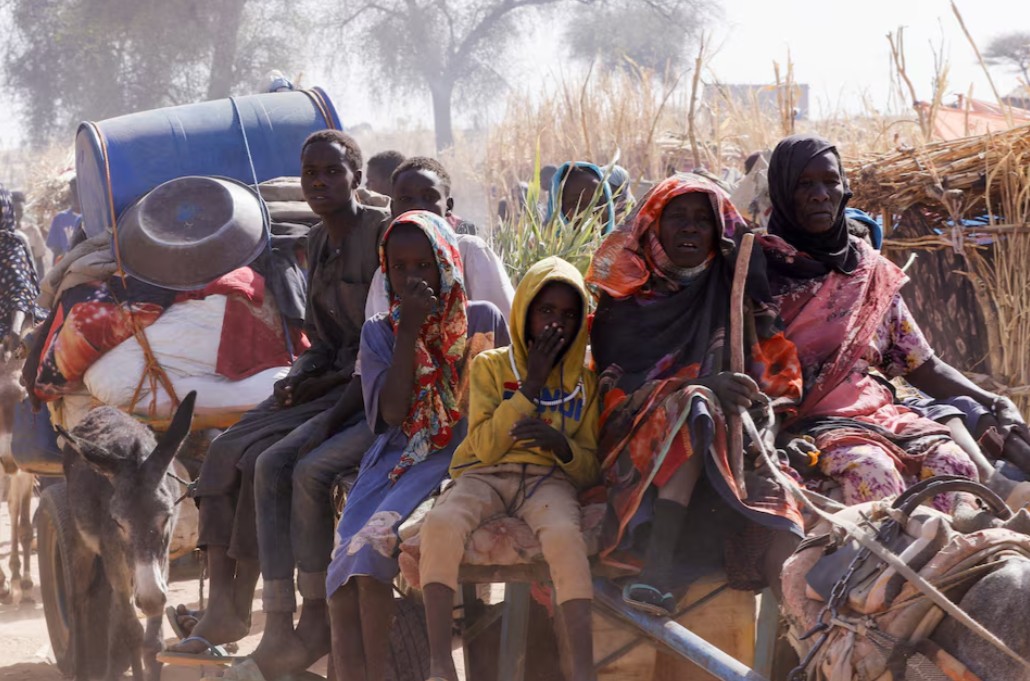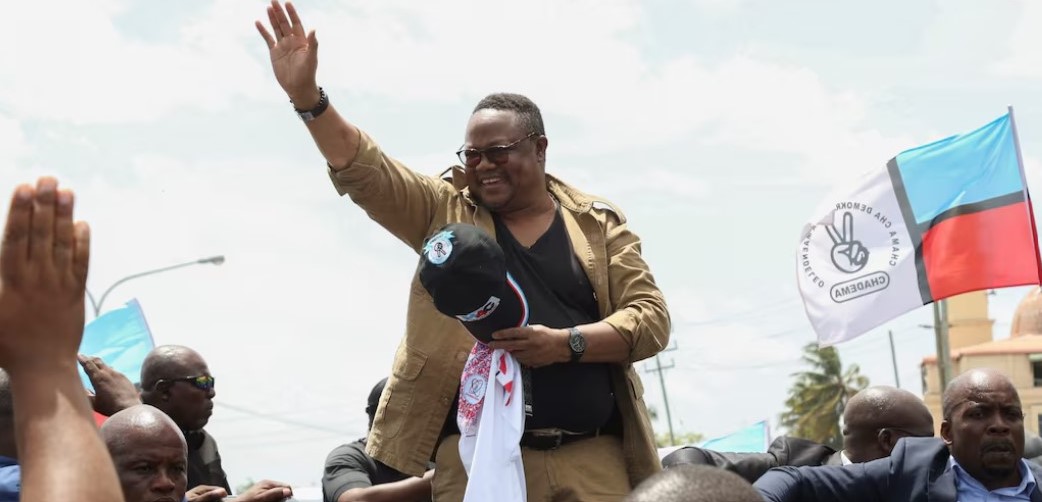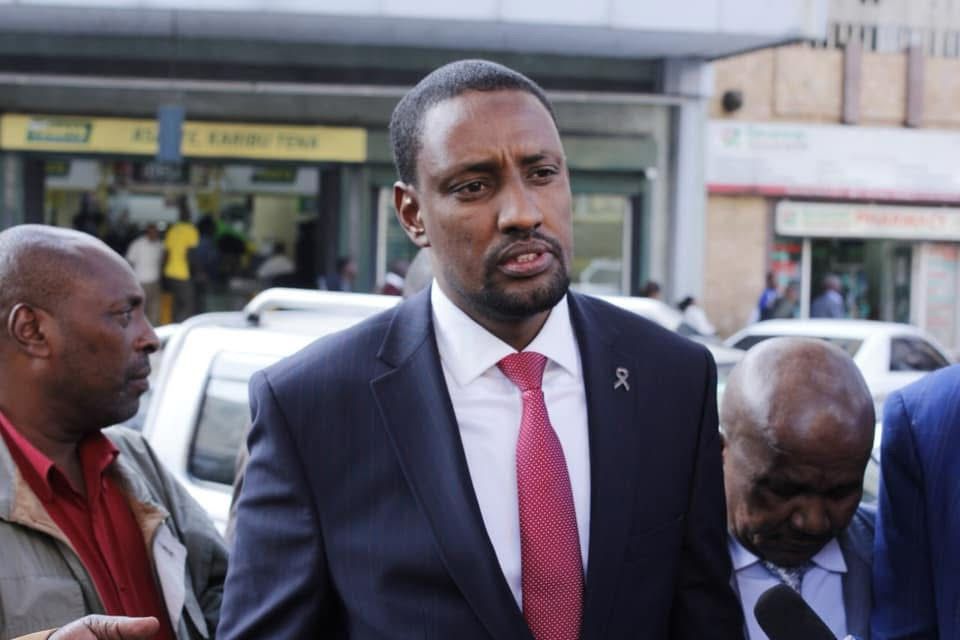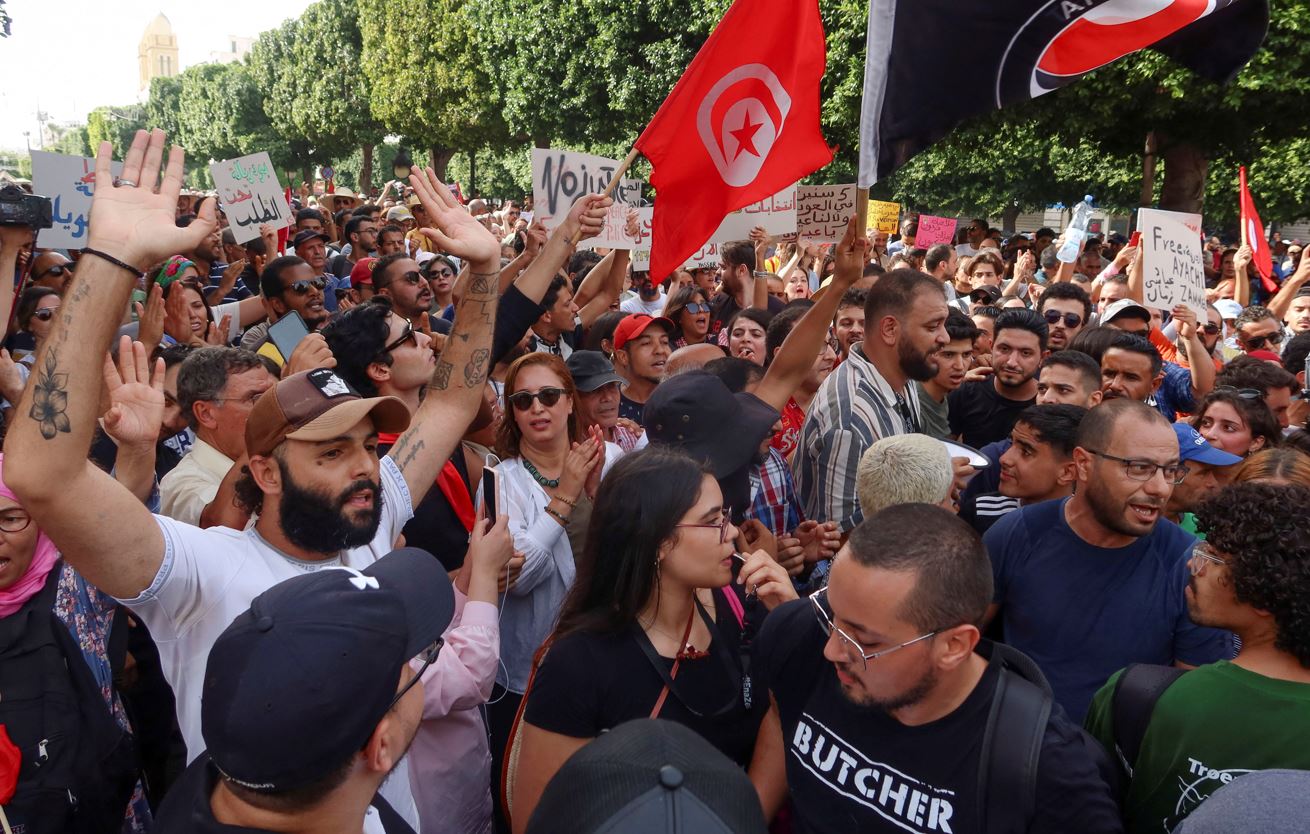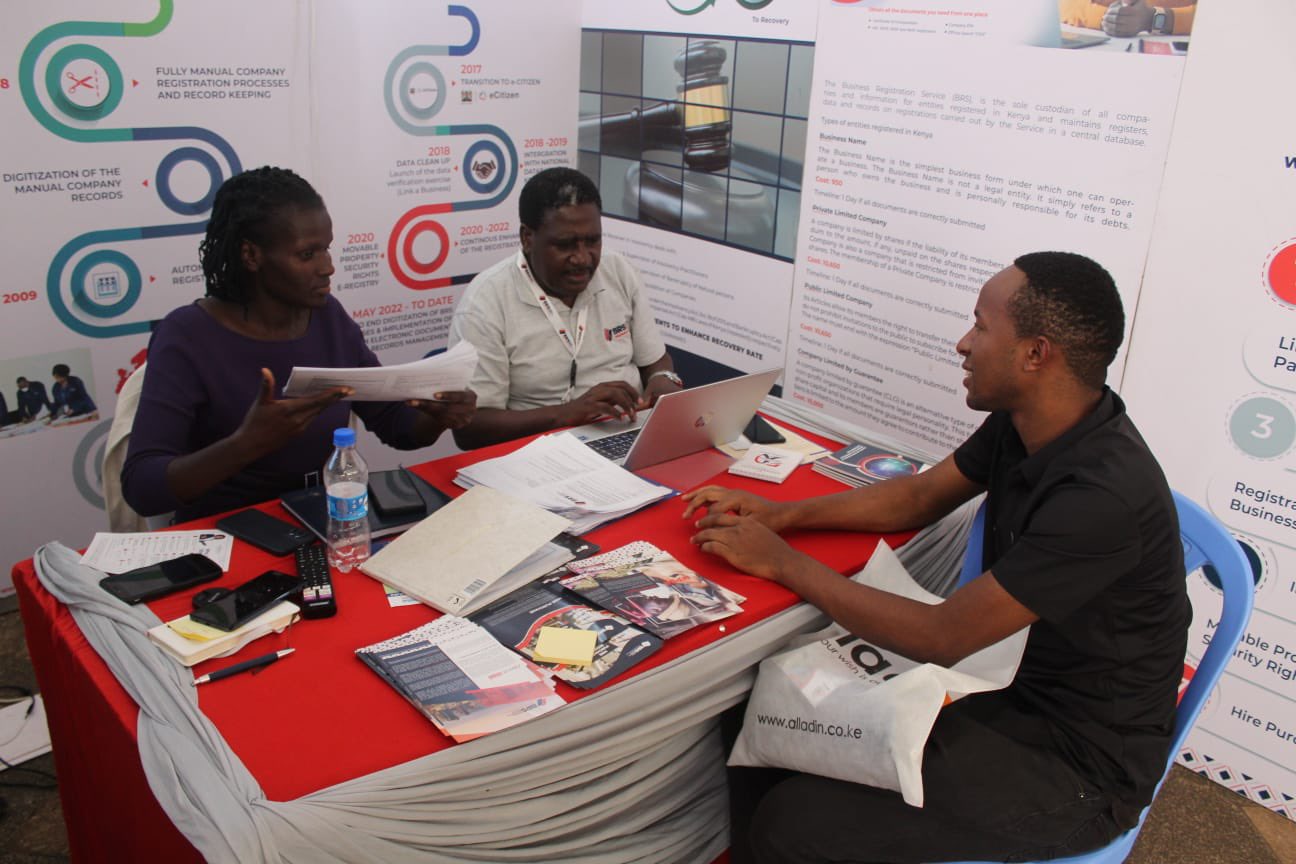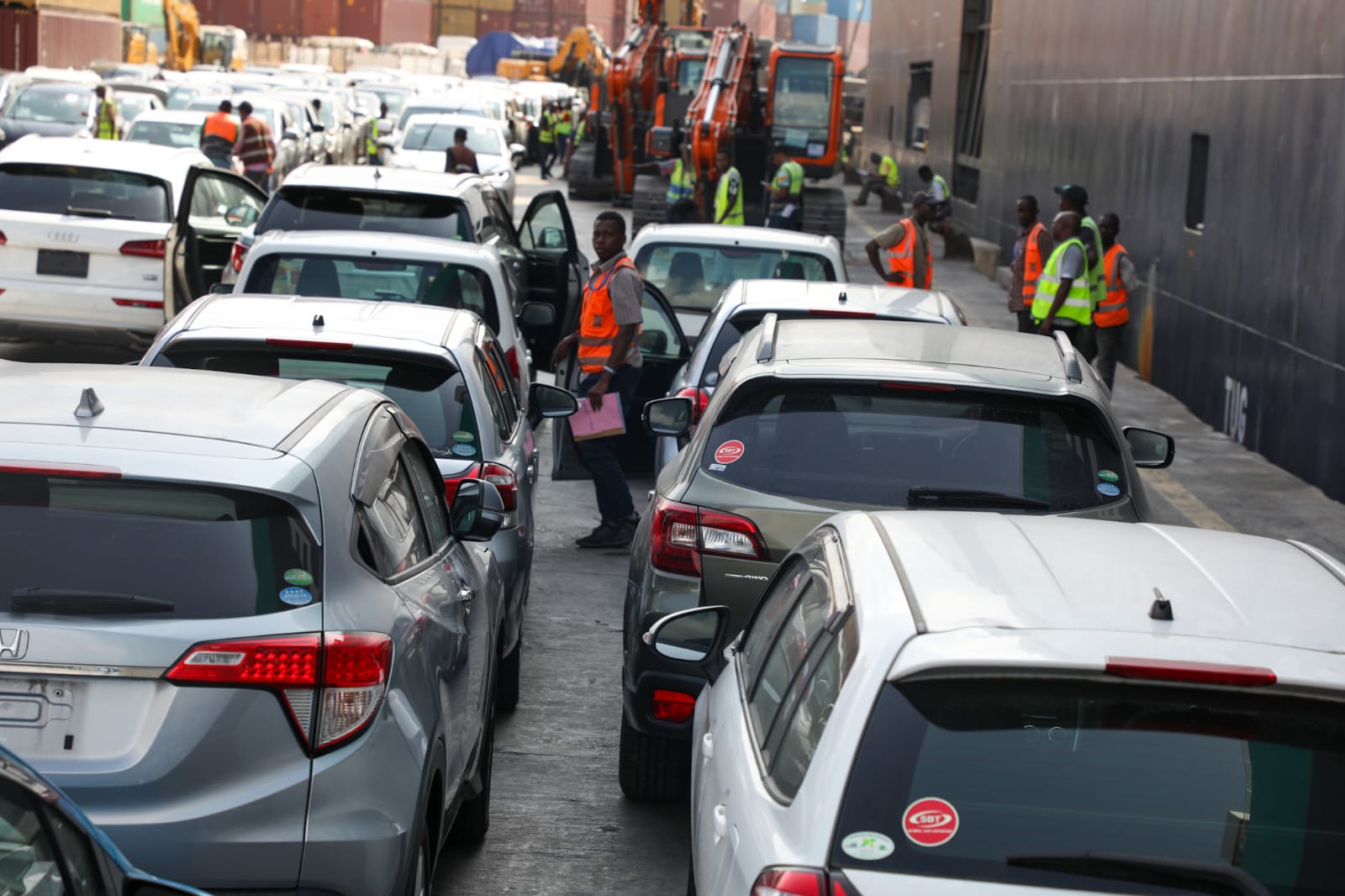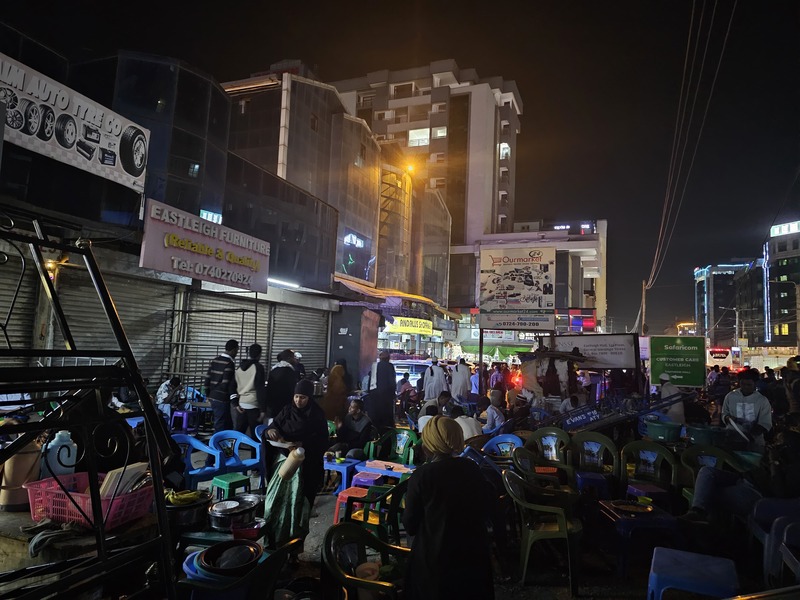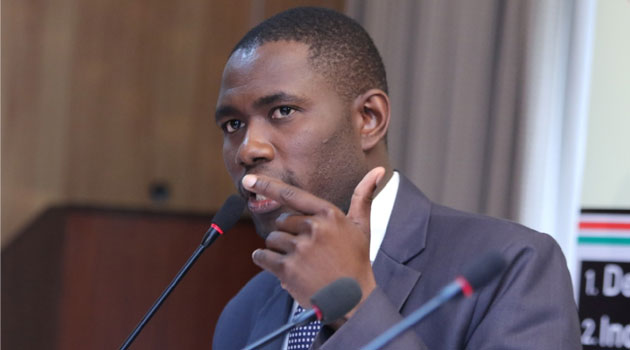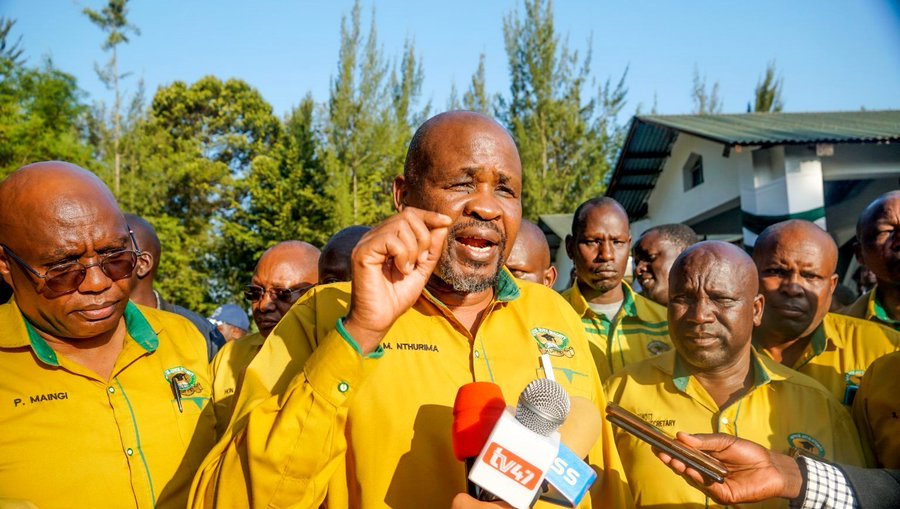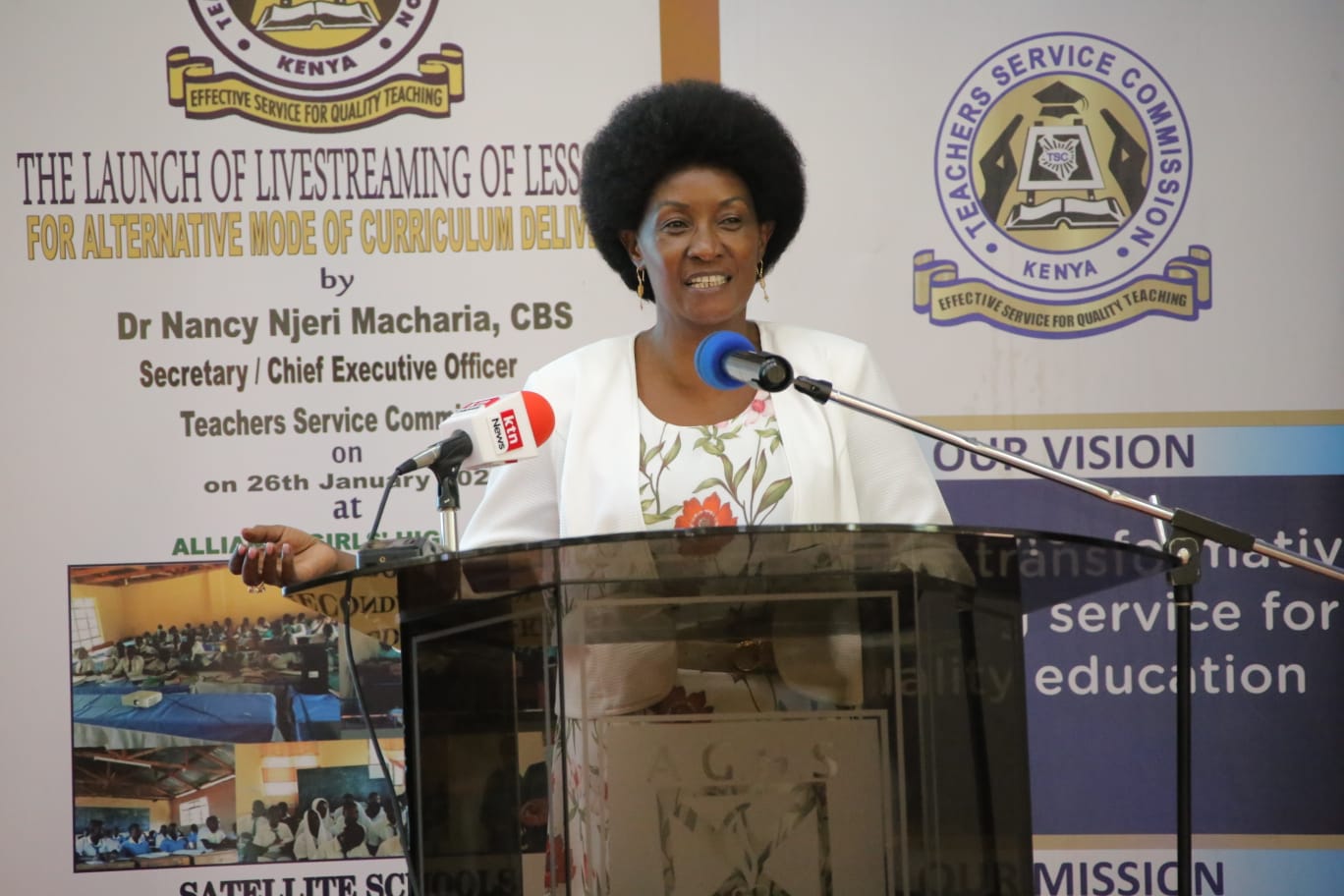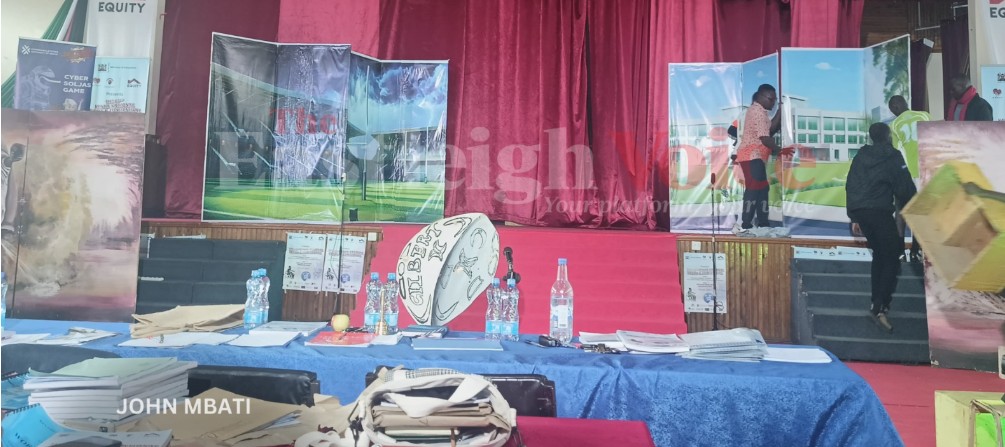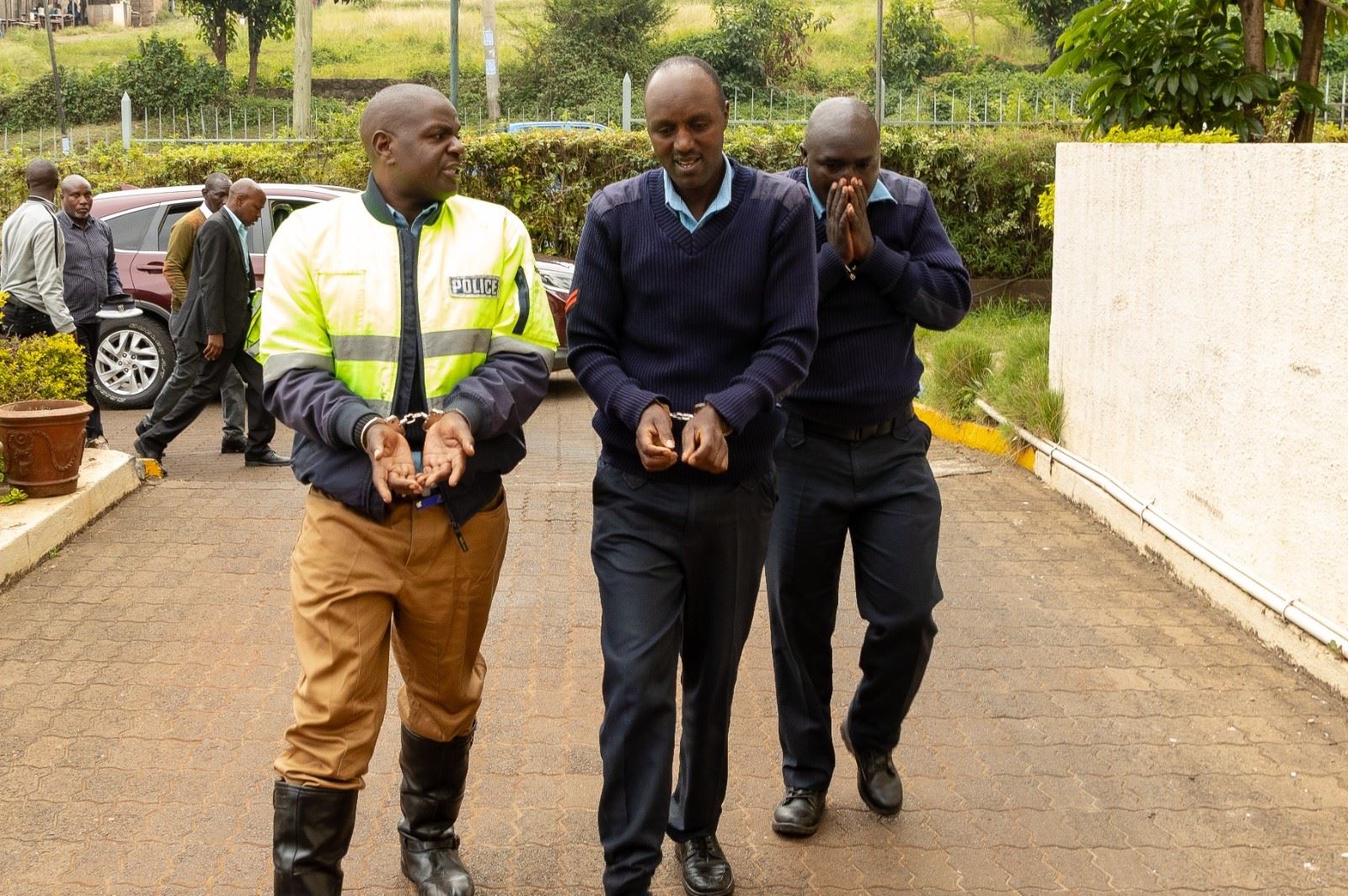Kenya’s gang crisis: Report exposes 309 criminal groups gripping major counties
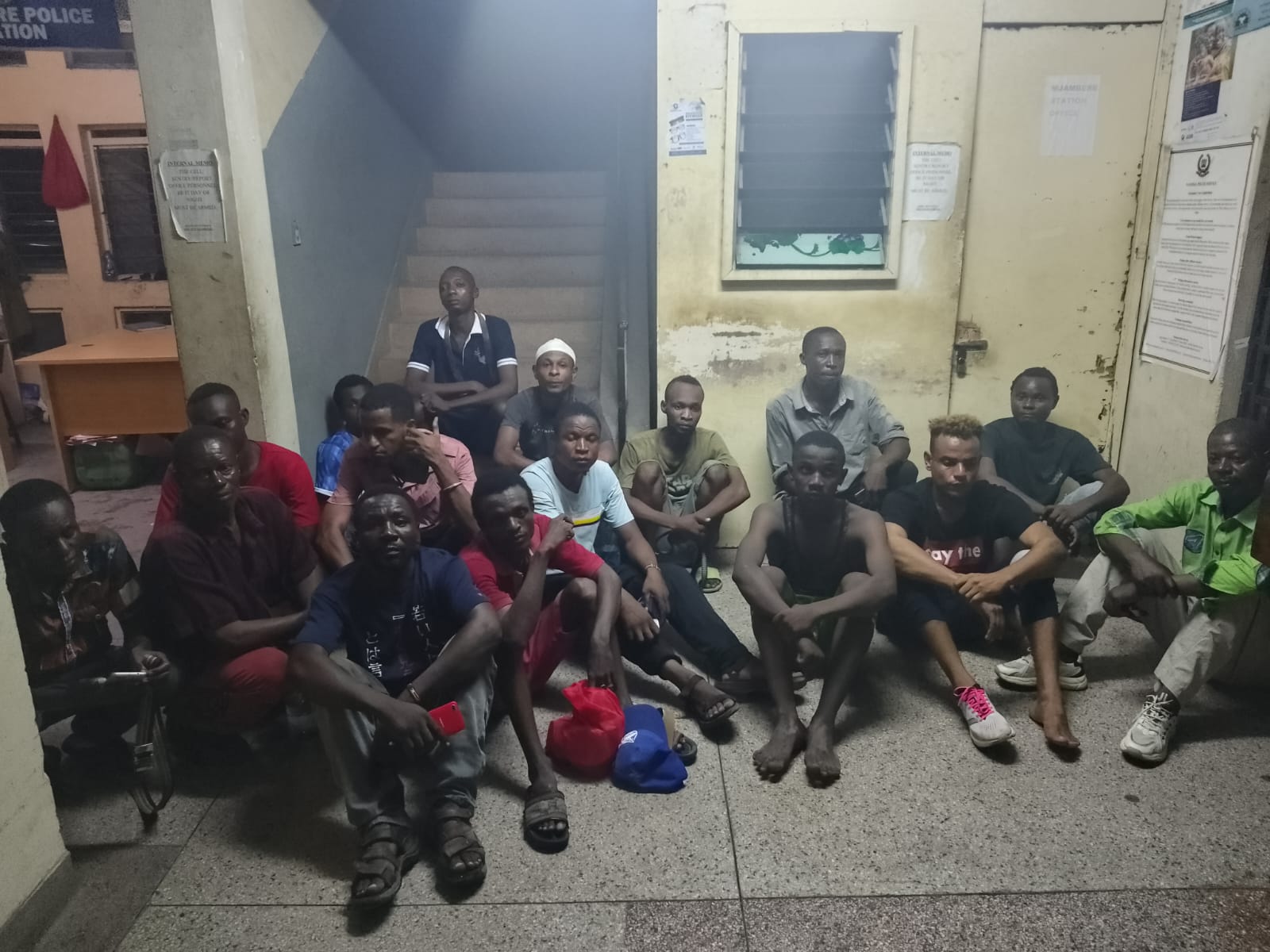
Dreaded gangs are characterised by their use of sharp weapons such as pangas and poisoned arrows, extreme violence, and involvement in drug peddling or trafficking.
A new state report has revealed that criminal gangs remain resilient and widespread across the country, with at least 309 active groups operating, most notably in Mombasa, Nairobi, and Kilifi counties.
The preliminary report, based on a survey on the proliferation and resilience of criminal gangs in eleven counties—namely Nairobi, Mombasa, Kilifi, Nakuru, Bungoma, Kwale, Kiambu, Machakos, Kisumu, Busia, and Garissa—shows that the distribution of known criminal gangs is highest in Mombasa (73), followed by Nairobi (56), Kilifi (47), Garissa (31), Kwale (29), Busia (29), Bungoma (28), Machakos (28), Nakuru (27), Kisumu (22), and Kiambu (20).
More To Read
Published by the National Crime Research Centre (NCRC), the report notes that the most prominent gangs with an extensive presence in these counties include Gaza/Gaza Family (operating in Mombasa, Nakuru, Kilifi, Garissa, Machakos, Nairobi, Kiambu, and Kisumu), 42 Brothers (Mombasa, Nairobi, Busia, Bungoma, Kiambu, and Kisumu), Wakali Wao (Mombasa, Kilifi, Kwale, Machakos, Nairobi), Panga Boys (Mombasa, Kilifi, Garissa, Kwale, and Nairobi), Chafu/Squad Chafu/Gang Chafu (Mombasa, Garissa, Kwale, and Nairobi), and Mungiki (Nakuru, Machakos, Nairobi, and Kiambu).
The report adds that gang membership has grown rapidly over the past three years in the counties of Mombasa, Nakuru, Kiambu, Garissa, Nairobi, Kilifi, Busia, Kisumu, Kwale, Bungoma, and Machakos—where frequent reports of gang-related crimes continue to be made.
In Mombasa, for instance, the report identifies five to six notorious gangs—namely Gaza, Squad Chafu, Scoris, Bulla Mzuri gang, Kayole gang, Squad Marashi, and Bada—that pose significant challenges to security officers.
Attacks on businesses
The prevalence of gang activity has forced business premises to close as early as 5 pm due to the fear of robbery.
“Intimidation and threats against local community members are very common. We have witness accounts of gang activity at odd hours, increased attacks on business premises, and public outcry concerning safety, particularly among those attending morning prayers in nearby mosques,” an Assistant County Commissioner notes in the report.
In Garissa County, there is a notable increase in drug abuse, theft, and criminal activities such as murder, robbery, and rape involving minors and school dropouts.
In Bungoma County, a gang known as 11 Brothers is reported to have increased its membership and criminal activities. These include harvesting farm produce at night, intimidating residents, leading to reluctance in reporting crimes, and forcing communities to form vigilante groups for protection. Alarmingly, some local businesspeople and politicians were reported to rely on these gangs to settle scores.
Respondents stated that gangs in Nairobi have infiltrated markets, businesses, transport, ICT, education, finance, and housing sectors.
“Their activities include gambling, perpetuating M-Pesa fraud, cyberbullying, sending threatening messages, controlling matatu and motorbike stages, extorting traders in markets, charging for construction materials at sites, and radicalising young boys in schools,” the report notes.
Transport sector
In Nakuru County, gangs have reportedly infiltrated the transport sector (particularly matatus and bodabodas), ICT and finance (especially M-Pesa fraud), education (recruiting schoolboys into gangs), as well as the fishing, wildlife, and market business sectors.
Other gangs have extended their reach into new counties or demonstrated resilience by adapting and continuing to operate despite efforts to dismantle them. This has been particularly evident in Mombasa, Kiambu, Busia, Nakuru, Garissa, Kisumu, Kilifi, Nairobi, Kwale, Bungoma, and Machakos counties.
According to the report, the distribution of the most dreaded gangs is highest in Garissa and Nakuru, each with five. Kiambu, Kisumu, Machakos, and Kilifi each have four; Mombasa, Nairobi, Bungoma, and Busia each have three; while Kwale has one.
Dreaded gangs are characterised by their use of sharp weapons such as pangas and poisoned arrows, extreme violence, and involvement in drug peddling or trafficking. They often have strong internal networks and connections to law enforcement, politicians, and businesspeople, enabling them to intimidate local leaders and communities.
Such gangs also engage in serious crimes and easily recruit vulnerable individuals, facilitating rapid expansion. The use of crude weapons is another defining feature of these groups.
Most affected sectors
The survey reveals that criminal gangs in the target counties have deeply infiltrated multiple sectors, with the most affected being security, the drug trade, and public transport.
They have expanded their criminal activities to include robberies, assaults, drug peddling, and murder. Many have adopted sophisticated operational tactics and gained resilience through community complicity.
“These dynamics have made gang-related crime a persistent and complex security threat,” the document states.
The majority of gang members were found to be young males with histories of substance abuse and limited education. Recruitment was often through peer influence, exploiting vulnerabilities such as poverty, poor family structures, unemployment, and financial incentives.
Some were recruited for political gain, while in other cases, cultural and social tolerance of gangs within communities eased their entry into criminal activity.
The report also highlights that underdevelopment and marginalisation, corruption among rogue government officials—including security officers, poor service delivery, weak policing and justice systems, and limited youth empowerment initiatives all contribute to the recruitment and persistence of criminal gangs.
It recommends strengthening social service provision, particularly in low-income areas, to provide alternatives that divert youth from crime. It also calls for improved law enforcement responses, including increased patrols, better intelligence gathering, and enhanced community policing to curb gang resilience.
Additional proposals include the establishment of witness and informant protection programmes to reduce fear of testifying against gangs, the application of stricter bail and bond terms for repeat offenders, religious campaigns against gang activity, and the promotion of youth employment and empowerment initiatives.
Top Stories Today



